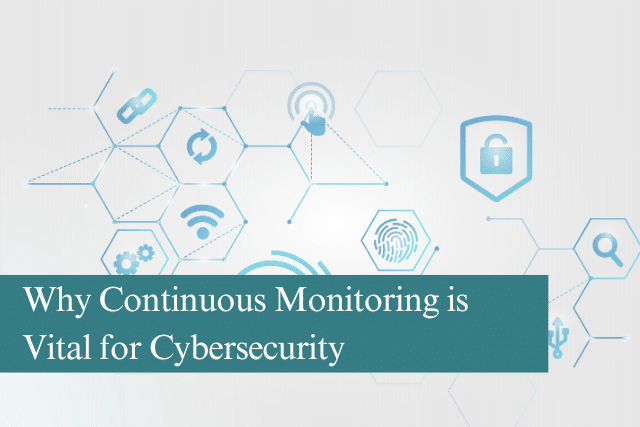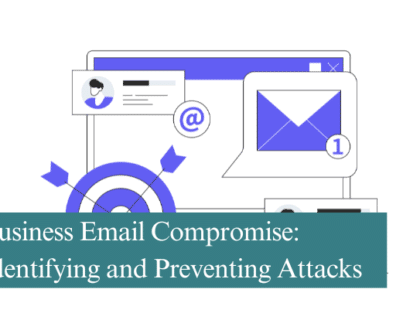
With businesses increasingly relying on technology for daily operations, data management, and communication, the need for robust cybersecurity strategies has never been greater. One such strategy, often underutilised yet critically important, is continuous monitoring.
Understanding Continuous Monitoring
Continuous monitoring refers to the real-time collection, analysis, and review of information systems to detect and respond to security threats immediately. Unlike periodic assessments or audits, which provide only snapshots in time, continuous monitoring ensures an ongoing awareness of security vulnerabilities and anomalies across networks, systems, and applications.
This proactive approach allows organisations to identify and address potential risks before they become full-blown incidents.
The Evolving Cyber Threat Landscape
The modern cyber threat landscape is complex and rapidly changing. From ransomware and phishing attacks to insider threats and zero-day vulnerabilities, businesses face a myriad of challenges that can lead to data breaches, financial loss, reputational damage, and legal implications.
Cybercriminals are using increasingly sophisticated methods, often exploiting minor system weaknesses that traditional security measures may overlook. This is where continuous monitoring becomes essential – offering a dynamic layer of protection that adapts to the evolving nature of threats.
Key Benefits of Continuous Monitoring
Real-Time Threat Detection
The primary advantage of continuous monitoring is the ability to detect threats in real time. This enables your security team to respond immediately to suspicious activity, preventing breaches before they cause significant damage. By constantly scanning your network for irregularities, the chances of a successful cyber attack are greatly reduced.
Improved Compliance
Many industries are subject to strict regulatory requirements regarding data security, such as GDPR, HIPAA, and ISO 27001. Continuous monitoring helps maintain compliance by providing ongoing evidence of security controls and risk management efforts. It ensures that businesses are always audit-ready and can demonstrate their commitment to protecting sensitive information.
Early Vulnerability Identification
Continuous monitoring identifies weaknesses and vulnerabilities in systems before they can be exploited. Whether it’s outdated software, misconfigured firewalls, or access control issues, these can be flagged and fixed promptly – ensuring your security posture remains strong.
Reduced Response Time
When a breach occurs, every second counts. Continuous monitoring dramatically reduces the time between detection and response, helping to minimise the impact of an incident. Rapid intervention can prevent data loss, service disruptions, and costly downtime.
Enhanced Visibility and Control
With continuous monitoring, IT teams gain a comprehensive view of the organisation’s digital environment. This includes who is accessing what data, when, and from where. Such visibility allows better control over sensitive assets and more informed decision-making when it comes to security policies and infrastructure investments.
Continuous Monitoring in Practice
Implementing continuous monitoring involves more than just installing software. It requires an integrated approach, combining automation tools, skilled personnel, and clearly defined processes. Key components typically include:
- Security Information and Event Management (SIEM) systems for centralised logging and alerting.
- Intrusion Detection and Prevention Systems (IDPS) to monitor network traffic for signs of malicious activity.
- Endpoint Detection and Response (EDR) tools to monitor user devices and detect anomalies.
- Vulnerability scanners that continuously assess system weaknesses.
- Access and identity management solutions to ensure only authorised users gain access to critical resources.
A successful continuous monitoring strategy also involves setting up key performance indicators (KPIs), regular reviews of incident response plans, and ongoing training for staff to recognise and report suspicious behaviour.
The Cost of Inaction
Failing to implement continuous monitoring can have serious consequences. According to recent studies, the average time to identify and contain a data breach is over 200 days. During this time, attackers can exfiltrate sensitive data, disrupt operations, and cause irreparable harm.
Moreover, the financial implications are substantial. Beyond the direct costs of incident response and recovery, businesses may face regulatory fines, loss of customer trust, and long-term reputational damage.
In contrast, continuous monitoring represents a modest investment with significant returns – safeguarding your operations, data, and brand reputation from the inside out.
Partnering for Better Protection
Cybersecurity is not a one-time fix but a continuous journey. While implementing continuous monitoring may seem daunting, partnering with a trusted IT support provider can make the process seamless and effective.
Professional IT teams bring the expertise, tools, and strategic insight needed to design, implement, and manage a comprehensive continuous monitoring solution tailored to your specific business needs.
Secure Your Business Today
Don’t wait for a cyber attack to expose your vulnerabilities. Let us help you stay one step ahead with expert IT support and robust cybersecurity solutions, including continuous monitoring tailored to your operations.
Contact us today to learn how we can help protect your business and ensure peace of mind.
Recommended Posts

Are you making the most of your Microsoft 365 licensing?
4th July 2025


